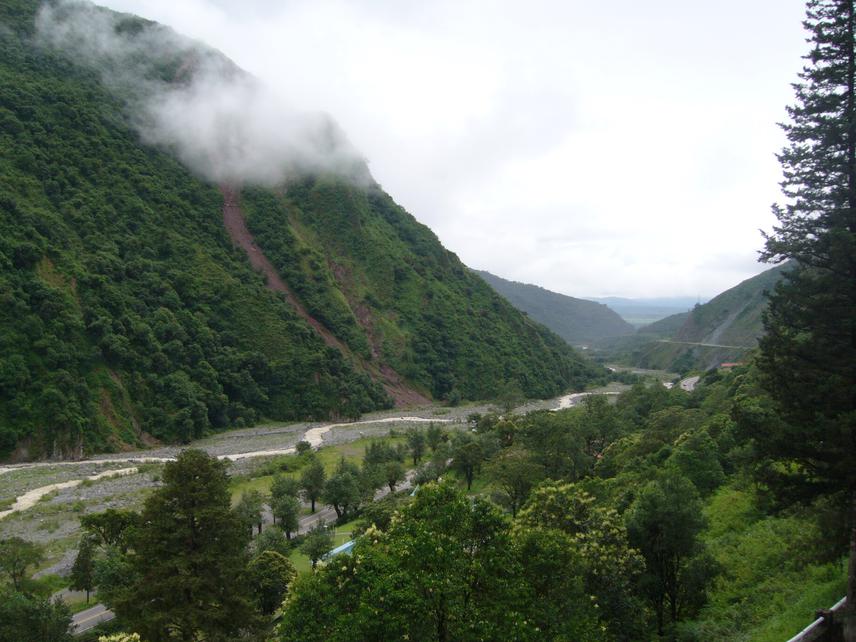Lia Montti
Other projects
26 Jul 2010
Distribution and Invasion risk by Ligustrum lucidum (Oleaceae) in the Argentinean Yungas as Consequences of Climate and Land Use Changes
This study tries to understand how bamboos affect regeneration of tree species, to contribute with basic information on the ecology, forest dynamics and coexistence of bamboo grasses and different species of the understory; and to assess the factors that determine the invasive behaviour and success of bamboo through ecophysiological studies.

Bamboos are woody grasses that have dramatic and far-reaching impacts on the diversity and productivity of the forests in which they are found. Bamboos take advantage of small to large-scale disturbances having profound effects on vegetation dynamics. The rapid expansion of bamboo-dominated forests is thought to be associated with human activity, particularly selective timber extraction and the creation of forest edges. Native woody bamboos have invaded large tracts of the Atlantic forest in Brazil and Northern Argentina, these forests are one of the most diverse and threatened ecosystems in the world.
The high number of endemic species found, demonstrates that these forests are critically important for biodiversity conservation. Native bamboo species Chusquea ramosissima and Merostachys clausenii constitute an important component of the understory in Misiones forests and interfere with tree seedling development because they grow fast and reproduce clonally, compete successfully for water and nutrient resources, and reduce light levels in the understory. Finally bamboos affect gap-phase regeneration and inhibit the establishment of tree species. Drastic restoration efforts are needed to recover structure and functioning in degraded forests.
The study will be carry on in Iguazú National Park, this park has an area of approximately 67.000 ha, in which most of the native forest was subjected to selective timber extraction before the protected area was created in the year 1934 (Law 12.103). In order to address the study we propose a dual approach that includes two parts. The first part of this project tries to understand how bamboos affect regeneration of tree species, to contribute with basic information on the ecology, forest dynamics and coexistence of bamboo grasses and different species of the understory; and to assess the factors that determine the invasive behaviour and success of bamboo through ecophysiological studies.
In the second part we will also implement and develop restoration strategies to be used in Misiones forests management and conservation. The proposed restoration techniques include bamboo removal from gaps, planting of native tree species and the attraction of animals that may help in seed dispersal of forest species.